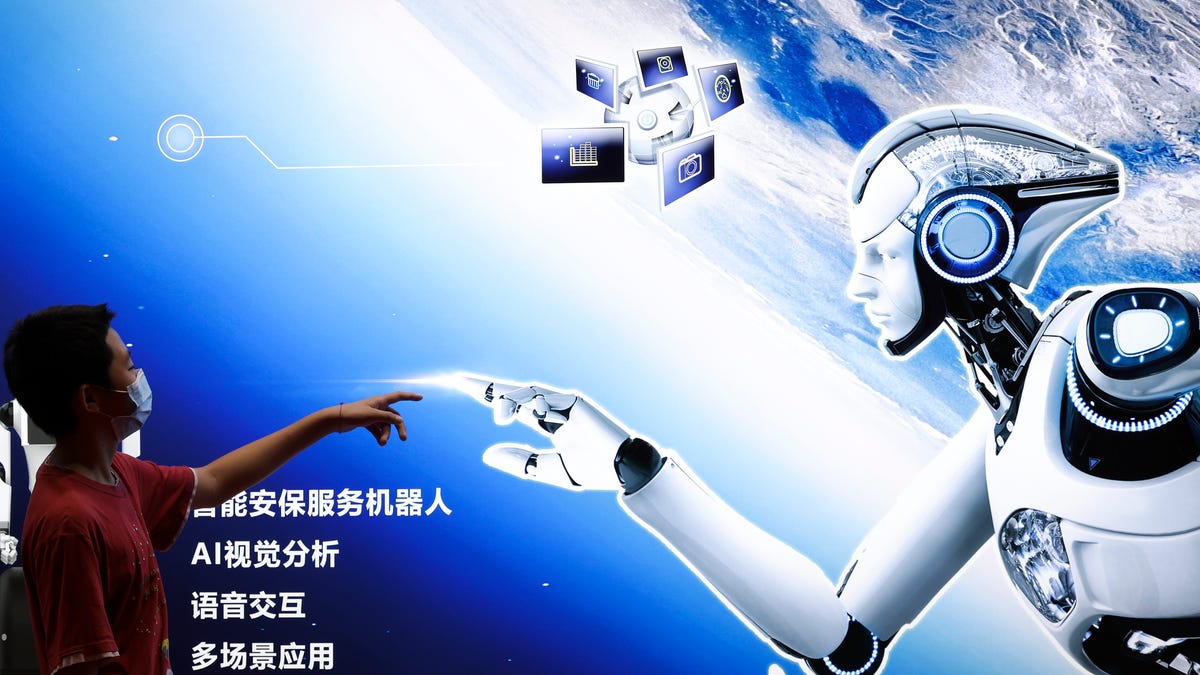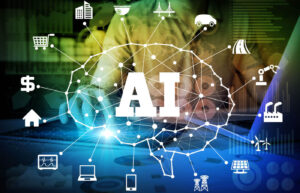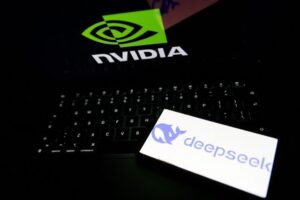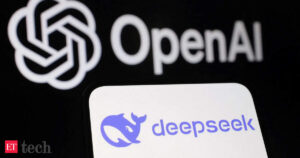Essential Information About Manus, China’s Fully Autonomous AI Agent

China’s Manus AI: A New Era of Autonomous Agents
Introduction to Manus AI
In recent developments in the field of artificial intelligence, China has claimed to have created the world’s first fully autonomous AI agent, known as Manus. This new AI platform is being touted as a groundbreaking achievement that could redefine human-machine interaction.
What is Manus AI?
According to Yichao "Peak" Ji, the chief scientist behind Manus AI, this technology is more than just a chatbot or an automated workflow. It’s described as a "truly autonomous agent" capable of executing tasks with minimal human input. The name "Manus," which means "hand" in Latin, reflects its ability to perform tasks just like a human would, bridging the gap between thought and action.
Key Features of Manus AI
Manus AI is designed to tackle a variety of practical tasks across different domains. Some of its capabilities include:
- Custom Travel Planning: The AI can create tailored travel itineraries based on user preferences.
- Real Estate Research: It conducts research to find affordable real estate options.
- Financial Analysis: Manus can perform correlation analyses between different stocks.
Ji demonstrated Manus’s ability to efficiently screen resumes, rank candidates, and input the data into a spreadsheet. This capability highlights its advanced learning system, where it remembers previous instructions for future tasks.
Functionality and Operational Aspects
Manus operates asynchronously in the cloud, which allows users to multitask while the AI completes assigned work. Users can even provide new instructions while Manus is in the middle of a task, making it a highly adaptable tool.
Ji indicated that Manus has achieved top-tier performance metrics in the GAIA Benchmark, a tool used to assess the efficiency of general AI assistants. Users can also find Manus performing tasks on platforms like Upwork and Fiverr, demonstrating its readiness for freelance work.
Development Background
The success of Manus relies heavily on open-source contributions. Its code, datasets, and parameters are available for developers to access and enhance. Manus operates as a multi-agent system, utilizing various AI models in its architecture. Furthermore, the team plans to make some models open-source later this year, encouraging broader collaboration in AI research.
There are some discrepancies regarding which company developed Manus. While many reports attribute its creation to the Chinese startup Monica.im, others suggest it was built by another firm called Butterfly Effect.
Industry Reception
The launch of Manus AI has sparked mixed reactions among technology experts:
- Positive Feedback: Dean Ball, an AI research fellow at George Mason University, believes that Manus transcends previous AI capabilities, arguing it’s not just a re-creation of existing technologies.
- High Praise: Victor Mustar, a product head at Hugging Face, called Manus "the most impressive AI tool" he’s encountered, citing its revolutionary capabilities.
However, not all reactions have been optimistic:
- Critiques: Some AI researchers, like Alexander Doria, claimed Manus is fundamentally just a sophisticated workflow tool instead of a true agent. Professor Derya Unutmaz noted that while both Manus and OpenAI’s Deep Research were tested against the same tasks, Manus failed to complete them efficiently.
Conclusion
The introduction of Manus AI marks a pivotal moment in the realm of autonomous agents, sparking discussions about its potential applications and implications. As AI continues to evolve, Manus presents an exciting peek into what the future holds for human-machine collaboration.





